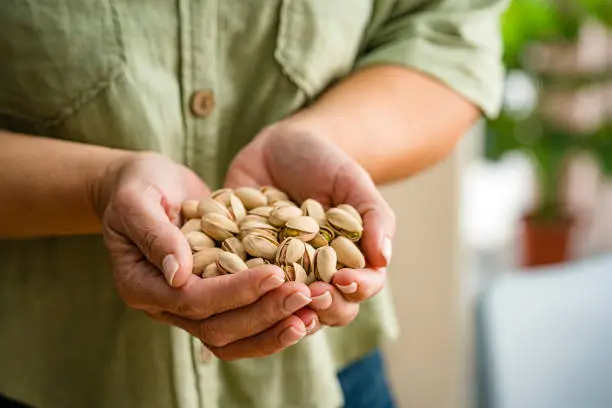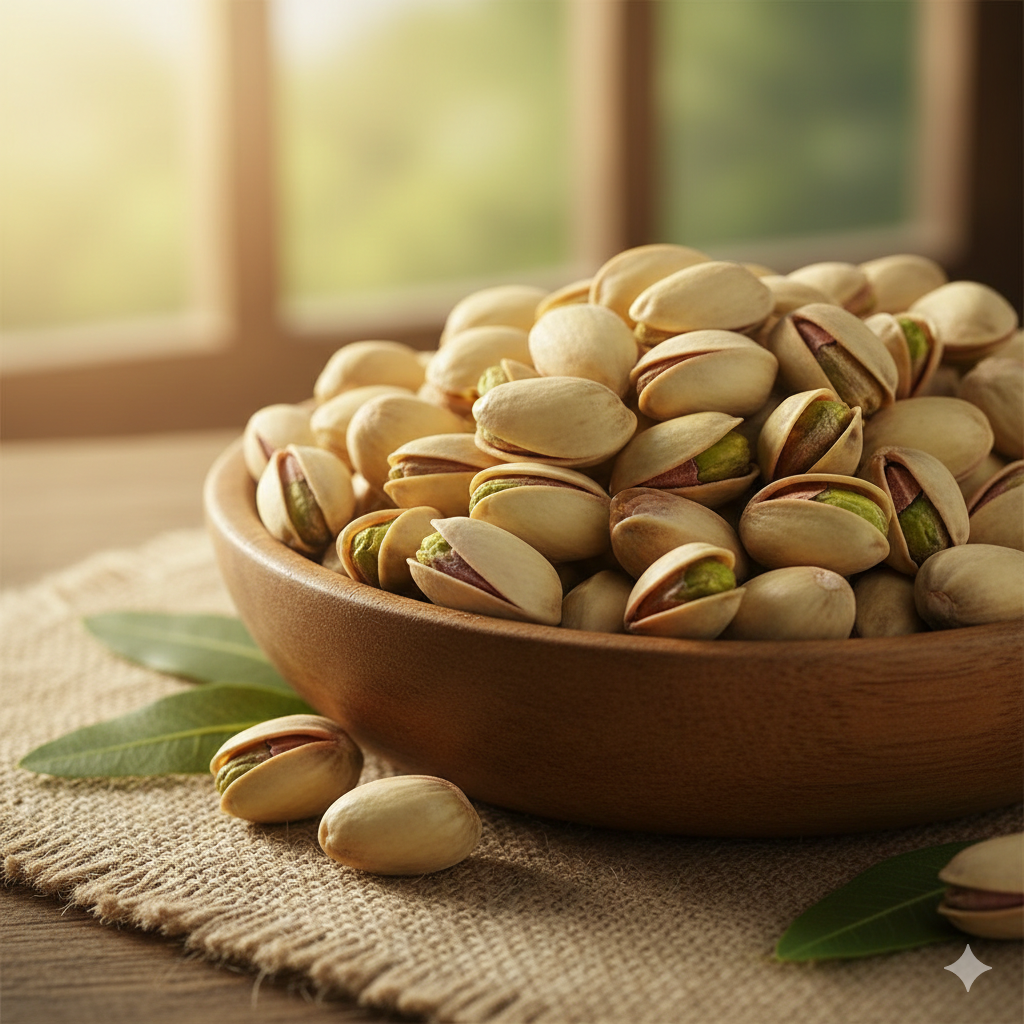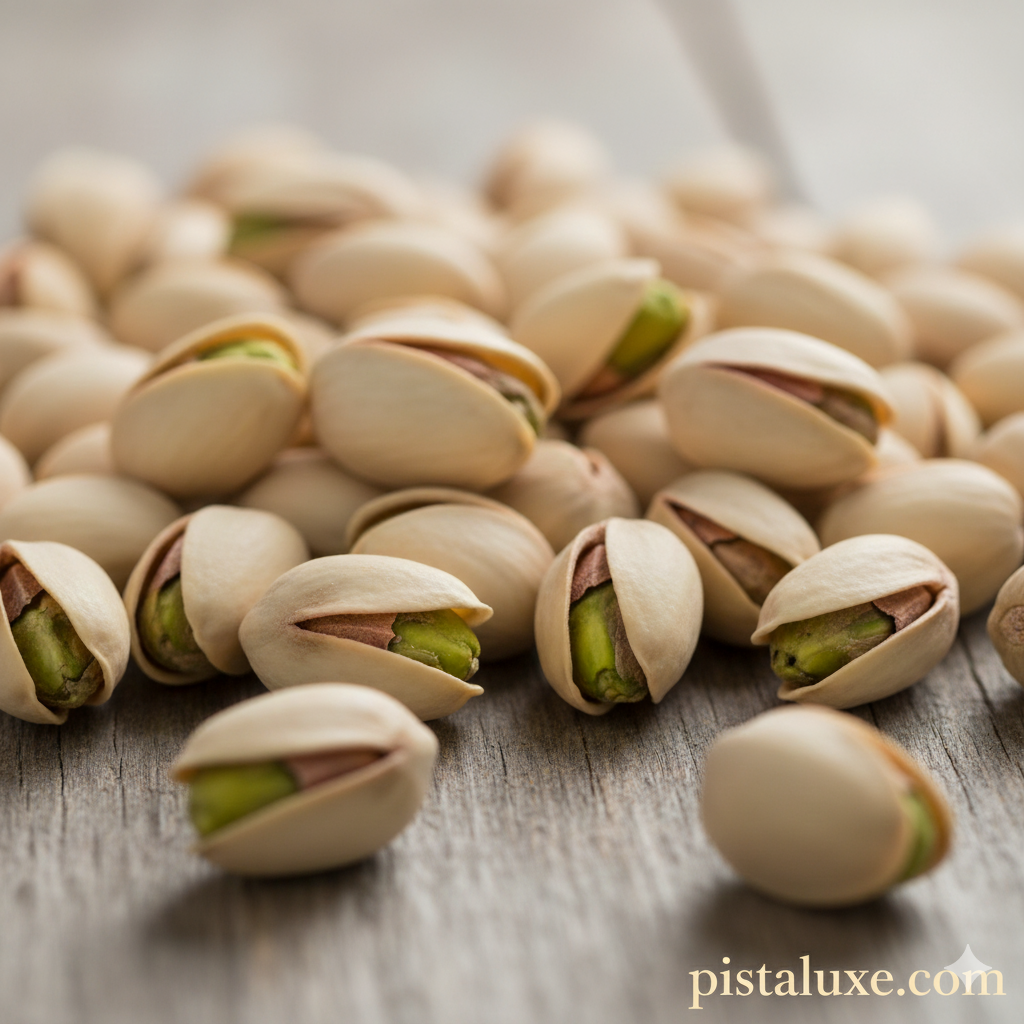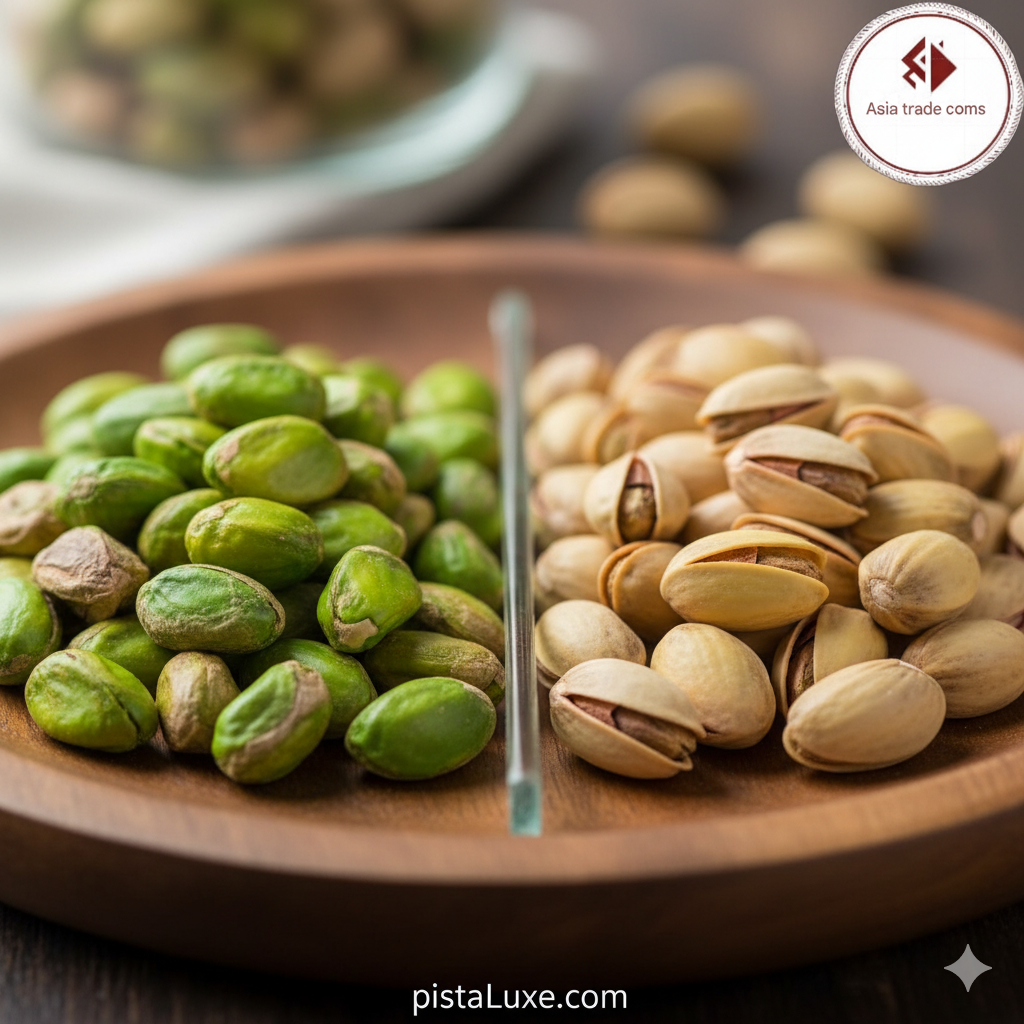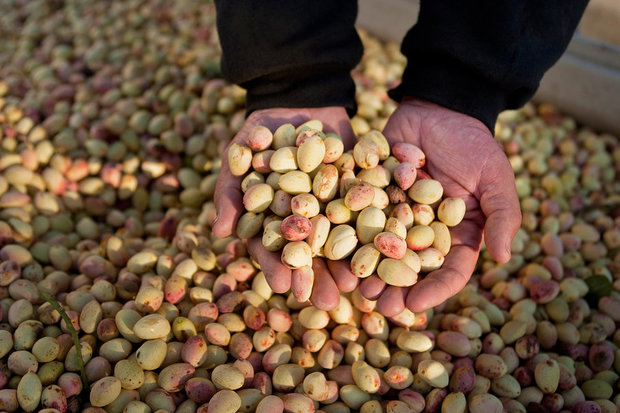
Introduction: The Pistachio – More Than Just a Nut, Less Than a Mystery!
Have you ever pondered how a tiny seed, encased in a shell that seems split by a mischievous grin, could penetrate so deeply into the culture and literature of a nation? The pistachio, this unparalleled “green gold,” which has adorned Iranian tables and seasoned friendly gatherings for centuries, is far more than just a delicious snack or a trade commodity. It has evolved into a rich and meaningful symbol in Persian literature. From the verdant orchards of Kerman and Damghan to the quatrains of Baba Taher and the ghazals of Hafez, the pistachio holds a hidden yet prominent presence. Let us embark on a journey into the enigmatic world of this smiling nut in Persian poetry and prose, and unveil its secrets!
The Pistachio as Laughter: Decoding the Beloved’s Smile and the Mystery of Existence
Perhaps the most famous and sweetest symbol of the pistachio in literature is the comparison of its opened shell to “laughter” or a “smile.” Master Persian poets have drawn inspiration from this unique physical characteristic of the pistachio to describe the delicate, smiling mouth of the beloved. Imagine a beloved whose lips part as gently and delicately as a smiling pistachio, stealing hearts with every dimple! This comparison doesn’t merely refer to physical beauty; it also attains philosophical and mystical depth, as if the pistachio, with its open mouth, reveals a secret of existence itself.
- Hafez, the Master of Secrets, and the Enigmatic Smiling Pistachio: In Hafez’s peerless ghazals, we frequently encounter the “pistachio,” often used as a metaphor for the beloved’s mouth and lips. With unparalleled subtlety, he employs the pistachio to depict the beloved’s beauty and charm. Sometimes the beloved’s mouth is so small and delicate it’s likened to a pistachio, and other times their laughter is like the cracking of a pistachio from inner joy:
“Her ruby lips, cheek’s downy hair, stature, and grace complete / From this measure, it’s clear what the pistachio lacks, and lacks not.”
(While this specific couplet might not directly mention the pistachio, it conveys a sense of delicacy and beauty that is linked to the pistachio in other verses by Hafez.)
In these verses and similar ones, the pistachio symbolizes not only physical beauty but also inner secrets and unspoken truths. This symbolism lends a special depth and beauty to Hafez’s poetry, forever etching the image of the beloved’s smile in the reader’s mind. Hafez’s pistachio seems to hold a hidden secret, revealed only by the beloved’s smile.
- Saadi, the Master of Eloquence, and the Pistachio Mouth at the Pinnacle of Finesse: Sheikh Saadi, the most noble of poets, has also not been left behind in describing the pistachio and the beloved’s mouth. In his Bostan, Golestan, and collected poems, we sometimes encounter this delightful comparison. With his words, he likens the beloved’s mouth to the smallness and delicacy of a pistachio, leading the reader into the realm of love and beauty. Saadi views the beloved’s mouth as a pistachio, ready to reveal secrets with a sweet word or snatch a soul with a charming smile. The pistachio in Saadi’s poetry is not just a simile but a symbol of boundless beauty, a captivating smile, and eloquent speech.
“Lips like pistachios, and her mouth so tight / Both brimming with honey and sugar, O delightful sight!”
This verse beautifully refers to the beloved’s eyes, which are like smiling pistachios, and their lips, which are sweet and enchanting.
- Other Poets and the Smiling Pistachio: This symbol also features prominently in the works of other poets. From Khaju Kermani to Saib Tabrizi, each has, in their own way, used the pistachio to describe the beloved’s mouth or to refer to something that reveals its secret. The recurrence and persistence of this symbol demonstrate the visual and cultural power of the pistachio in the minds and language of Persian speakers. In literature, the pistachio sometimes symbolizes a budding flower that opens, and other times, a treasure emerging from the earth.
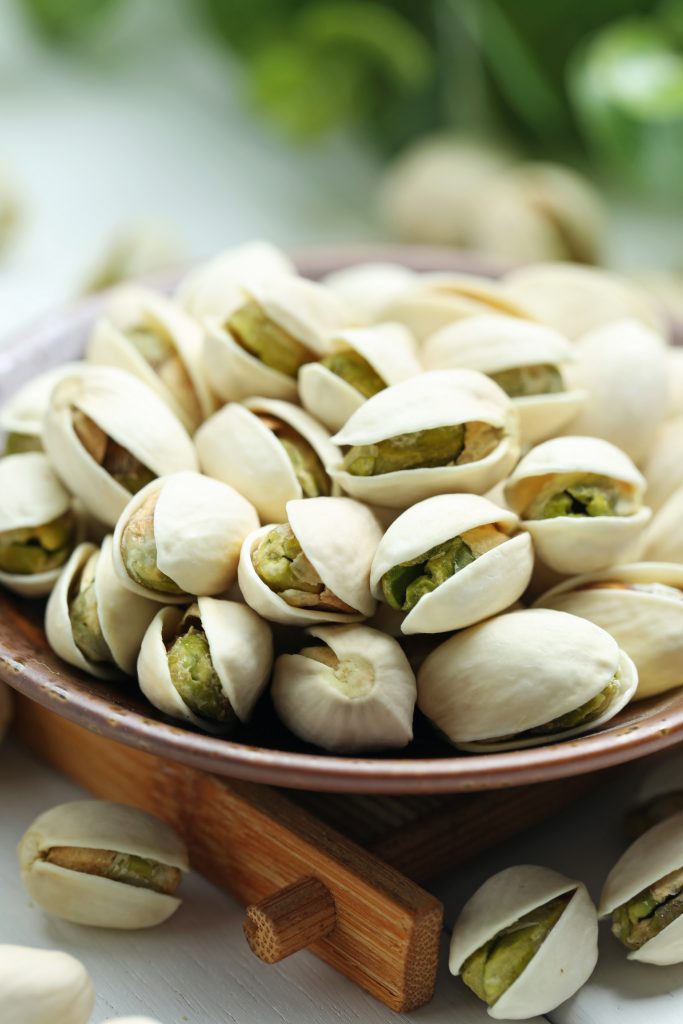
Beyond Laughter: The Pistachio as a Symbol of Wonder and Opening
The pistachio is not solely a symbol of laughter; due to its natural opening, it also symbolizes “wonder,” the “unveiling of secrets,” and “good fortune.” Just as a pistachio cracks open to reveal its kernel, in literature, it sometimes refers to sudden, auspicious events or the resolution of affairs. This symbol is hopeful and promising, as if the world, within a smiling pistachio, unveils its sweet secrets to us.
Conclusion: The Pistachio – A Hidden Treasure and Sealed Secret of Persian Literature
The pistachio, this small yet enigmatic seed, not only flavors our gatherings but has also found a special place in Persian literature as a symbol of the beloved’s delightful laughter, captivating beauty, and even as an emblem of openness and the unveiling of secrets. This profound symbolism has transformed the pistachio from a mere food item into a prominent cultural and literary element. Every time you hold a pistachio, remember that you are looking at a small but significant piece of Iran’s rich history and culture, one that has inspired the greatest poets of this land and holds many secrets within. The pistachio, with its perpetual smile, will forever be a symbol of joy and opening in our minds and language.
To order or get advice on pistachio and dried fruit varieties, contact our team via our official WhatsApp. Our support team is ready to answer your questions and can help you choose the right pistachio and dried fruit. WhatsApp number 009890214773705
Post a comment Cancel reply
Related Posts
Ancient Cultivation and Indigenous Knowledge
The Nexus of Pistachio Cultivation with Culture, History, and Indigenous Knowledge: A Scientific Analysis of…
The Green Legacy of Ancient Soils
Iranian Pistachio; From Ancient Myths to Modern Agricultural ScienceEstimated Length: 4200+ wordsApproach: Historical, Cultural, Scientific…
Soil Engineering for Pistachio Cultivation Sustainability: Analyzing the Relationship Between Soil Type, Biofertilizers, and Aflatoxin Control at the Root Level
Soil management in pistachio cultivation is a critical factor in determining yield, tree health, and…
The Silent Symbiosis: Impact of the Soil Microbiome (Fungi and Bacteria) on Nutrient Uptake and the Final Quality of Pistachio Product
The soil microbiome, comprising fungi, bacteria, and other microorganisms, forms a complex and vital network…


